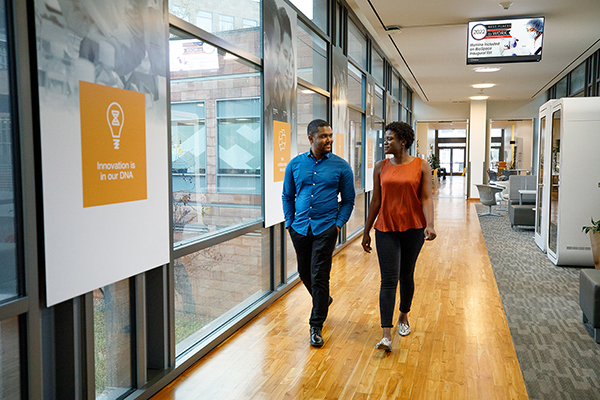We are committed to integrating environmental stewardship into the fabric of how we operate. Our elevated climate action goals highlight our commitment to net zero emissions across our operations and value chain by 2050.
On our path to net zero, we are incorporating sustainable solutions into our value chain and beyond. Our innovative technology is being used around the world for biodiversity conservation efforts, sustainable agricultural practices, and climate change studies to create a more sustainable future.







